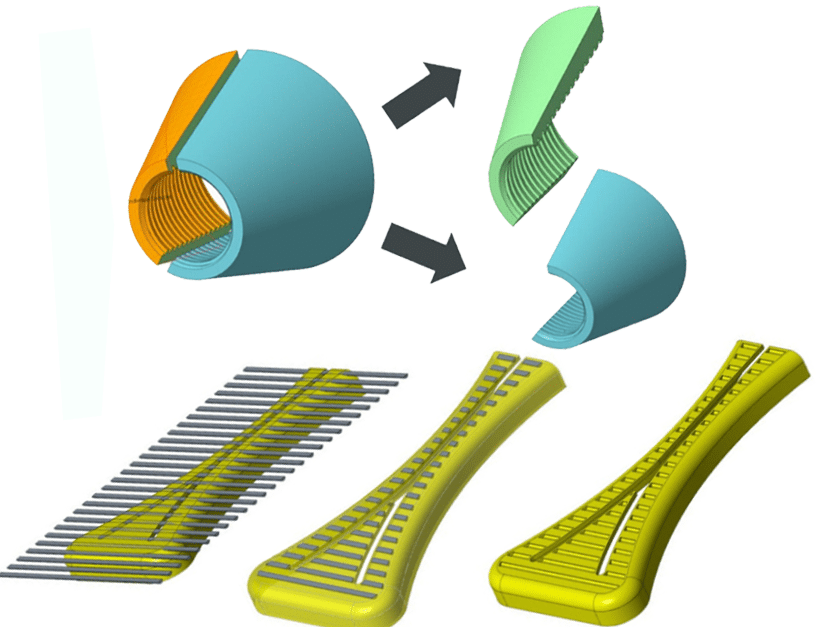-
In today’s fast-paced and ever-evolving technological landscape, the role of engineers has never been more critical. With the advent of Artificial Intelligence (AI) and its integration into various industries, the demand for skilled engineers is on the rise. As the CEO of Convergence Consulting, a company specializing in consulting engineering
-
Disruptive vs. Incremental Innovation in Packaging Automation: Steering Towards a Sustainable Future
In the vast landscape of innovation, two prominent forms emerge – disruptive and incremental. While both are integral to the evolution of industries, their approaches differ significantly. This distinction is palpable in the packaging automation sector, which is undergoing a profound transformation, particularly in its quest for sustainability. Disruptive Innovation: -
Generative AI: Simplified Understanding In the realm of artificial intelligence, the term “generative” refers to the capability of a system to create or generate new content, patterns, or solutions that weren’t part of its original training data. Instead of merely analyzing and providing insights, generative AI creates. Imagine handing someone
-
“The greater danger for most of us lies not in setting our aim too high and falling short but in setting our aim too low and achieving our mark.” This profound wisdom underlines the essence of ambition in the world of engineering and design. In the heart of Bologna, Italy,
-
Introduction In the rapidly evolving world of manufacturing, staying ahead of the curve often means having an effective product innovation strategy. For industries such as tissue converting, packaging, and folding equipment, where precision, hygiene, and efficiency are paramount, innovating can make the difference between thriving and just surviving. But what
-
In today’s rapidly evolving engineering landscape, traditional design methods are continually challenged by the need for more robust, interconnected, and complex systems. As the CEO of Convergence Consulting, I know multibody design is one of the most powerful solutions to these challenges. But what exactly is this concept, and why






